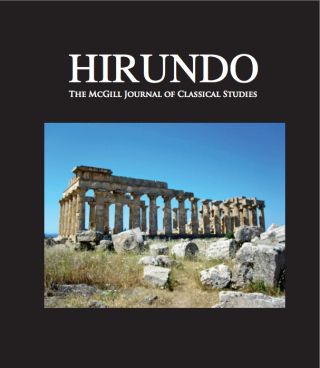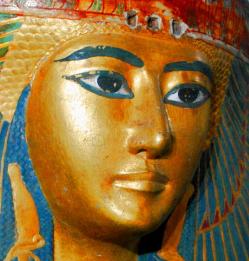[First posted in AWOL 26 July 2011, updated (new urls) 5 September 2014]
ANE Placemarks for Google Earth
From Olof Pedersén
ANE Placemarks for Google Earth
From Olof Pedersén
A preliminary set of placemarks (ANE.kmz) for Google Earth of a selection of the most important archaeological sites in the Ancient Near East can be downloaded here (as an alternative try right-click or ctrl-click).
Ancient Near East Placemarks on Google Earth with alphabetic listing.ANE.kmz works with Google Earth, which has to be downloaded (free at earth.google.com). When opened inside Google Earth, ANE.kmz gives, to the left, an alphabetic list of ancient sites and, to the right, on the satellite photo the same sites marked. For the moment, there are some 2500 sites with modern names; among them some 400 have ancient names. Additions of more sites are planned.Ancient name is written without parenthesis. Modern name is within parenthesis. Most sites have been identified on the satelite photos. However, a few sites are only placed in the possible area, e.g. in a village with the right name when the site may be outside (if so marked with question mark ? after the parenthesis around the modern name). Question mark after ancient name means that identification is not yet proven. Question mark efter modern name (but before parenthesis around the name) means spelling of name uncertain. Two question marks ?? at the end indicate that it may not be a site but could possibly be a natural hill.
The preliminary work has received support from the University of Uppsala, the Urban Mind Project at Mistra, and the Excellence Cluster Topoi at Freie Universität Berlin.A short introduction to the project dealing with ANE on Google Earth can be read in my manuscript paper Ancient Near East on Google Earth: Problems, Preliminary results, and Prospect.
And see AWOL's Roundup of Resources on Ancient Geography



















